2017 Ford F-150 Raptor Review

Careening through the soft sand and jagged rocks of the California desert, flirting with 100 mph (160 km/h), the 2017 Ford F-150 Raptor feels completely at home.
This is certainly where Ford’s second-generation Raptor flourishes, but we can’t forget that the Raptor is still a pickup truck. That means that despite its desert-running prowess, it still needs to tow, haul and work for a living. And Ford certainly didn’t forget.
{"attachment_id":"448926"}
What Makes a Raptor?
There are plenty of components that go into changing the F-150 into a Raptor, the most important of which is the suspension. New 3-inch FOX shocks are fitted all around, offering 13 inches of overall suspension travel in the front and 13.9 inches at the rear, an increase of nearly two inches compared to the previous Raptor.
The shock mounts and frame includes more high-strength steel than the previous Raptor as well, while new 17-inch beadlock-capable wheels shod in specially designed BFGoodrich All-Terrain KO2 tires provide traction.
And it goes without saying that the Raptor also gets unique styling, most of which is actually functional equipment. At all four corners, the Raptor has been widened by six inches compared to the standard truck, providing better off-road stability but also giving the truck an imposing stance. Massive fender flares accommodate the added width, with new vents on the hood and front quarter panels all helping to pull heat from the powertrain. And what an excellent powertrain this is.
FAST FACTS
| Engine: | 3.5L twin-turbo V6 |
| Power: | 450 hp, 510 lb-ft of torque |
| Transmission: | 10-speed automatic |
| Fuel Economy (MPG): | 15 city, 18 hwy, 16 combined |
| Fuel Economy (L/100 km): | 15.6 city, 13.2 hwy, 14.5 combined |
| US Price: | $49,520 for Supercab, $52,505 for Supercrew |
| CAN Price: | $67,899 for Supercab, $69,899 for Supercrew |
The Raptor runs a specialized version of the 3.5-liter twin-turbo EcoBoost V6, which puts out an immense 450 horsepower and 510 pound-feet of torque, sent through an all-new 10-speed automatic transmission. One of the engine’s turbos is actually larger than the standard 3.5L EcoBoost, while both use new electronically controlled wastegates. A larger intercooler and a new dual exhaust setup complete the heart of the beast.
ALSO SEE: HOW TO TRUCK: How to Off-Road
All that results in a tow rating of 6,000 pounds for Supercab models and 8,000 pounds for four-door Supercrew models, a new body style that is being offered for the first time on the Raptor, allowing you to host four adults into the truck in comfort. The SuperCrew’s 145-inch wheelbase is 12 inches longer than the standard Raptor Supercab’s 133-inch wheelbase. Payload ratings come in at just 1,000 pounds for Supercab models and 1,200 for Supercrew, the lowest payload ratings offered across the F-150 lineup.
On-Road Raptoring
Any vehicle so focused on one thing almost always comprises in other areas, though in recent years, those compromises are becoming less extreme. Nowhere is this more true than in the Raptor. The progressively damped suspension manages to keep the on-road ride fairly flat, not pitching side-to-side or front-to-back as many softly sprung trucks, including the first-generation Raptor, have a tendency to do. It certainly floats more than a standard stiffly sprung half-ton, but it’s never to the point of being unnerving, even through a set of California switchbacks we had to navigate.
As the roads straightened, so did my right leg, pushing the Raptor’s EcoBoost to deliver on its promise of massive power, which it eagerly did with a growl from the new exhaust, nearly replicating a V8. It doesn’t sound quite as deep and guttural as the old 6.2-liter V8 from the Raptor or its competitor’s V8s, but that hardly matters when you’re blasting up to license-losing speeds so fast in such a big vehicle.
Though the engine upgrades are responsible for sending all that juice to the wheels, it’s the new 10-speed automatic that lets it flow so smoothly. Each shift fires off quicker than the last, reminiscent of a dual-clutch unit’s finesse. And most surprisingly, we didn’t find the transmission hunting for gears at all, always seeming to pick the right place to be. While cruising in 10th gear at 60 mph, a foot-to-floor request for power is met by a sudden and perfectly executed downshift by half, jumping into fifth and delivering a wave of torque. It’s even better in Sport mode, when the truck keeps the RPMs high and the turbos spooled so there is no lag to speak off.
That is one of the six new drive modes developed for the Raptor, comprised of normal, sport, weather (for wet and snow), mud/sand, Baja and rock crawl. Each tailors the four-wheel drive system, locking rear differential, transmission shift mapping, steering weight and throttle response to the desired circumstances.
{"attachment_id":"448932"}
Baja Mode AKA Beast Mode
After feeling the civility of this brute on road, like a bad click-bait Buzzfeed headline, what happened next was unbelievable. We left the pavement for a run through the desert in a Supercab model, and the Raptor showed its true colors, eating miles of a desert like a Velociraptor feeding on a lesser dinosaur.
ALSO SEE: 2016 Ford F-150 Review
Switching into Baja mode engages the full-time four-wheel drive, makes the stability control system much less aggressive, keeps the turbos spooled and changes the shift pattern to keeps the RPMs pinned to near redline, allowing all 510 lb-ft to be accessible nearly all the time. The steering also stiffens up, offering a tight feel that provides fantastic feedback to your hands.
Hitting the sand also allowed the 10-speed unit to shine once again, as we rarely got above sixth gear despite keeping our speeds around 80 mph. That is the beauty of having so many gears and a brilliant brain to run them — you can have power when you want it and a more economical drive when you don’t.
But it is the suspension that deserves all the credit. Running at 90 to 100 mph, you feel isolated from the ground beneath you thanks to the FOX shocks absorbing all those blows. Eventually, we came into a long stretch of chatter bumps (or washboard depending on where you’re from), which was the first obstacle that slowed us down, after all, this isn’t a trophy truck.
But running a consistent 40 to 50 mph over the chatters and not rattling your brain loose is an accomplishment the Raptor achieves with ease. A delicate throttle allows for easy modulation, and strong brakes bring the truck plowing to a halt in a hurry. In Baja mode, even the ABS has been calibrated to help you stop by allowing the tire to skid for longer periods of time to build up sand or dirt in front of it. When you nail the grabbers, you feel them straight away.
Slow-speed crawling is also handled beautifully by the grabby tires and the low-end torque that has this Raptor crawling over everything the desert could throw at it.
Insides
Even the insides of this truck are tailored for its singular mission of running through the desert. A unique steering wheel offers a great tactile feel, provided by not just leather but also two hand holds at 10 and 2 o’clock and a subtle groove in the back of the wheel, offering a natural handhold that inspires confidence at speed.
The only downfall of the wheel are the cheap plastic buttons splattered around the front, something Ford insists on doing even in its most hardcore sports cars.
Nicely bolstered seats also offer good balance: enough extra padding to keep you stuck in the seat, but not enough to be intrusive or take away from their comfort.
The rest of the innards are mostly standard F-150 fare, save for some badging and stitching, reminding you of the Raptor’s unique identity.
Competition? What Competition?
The Raptor has been held as the gold standard in the stock off-road world for some time now, and the 2017 model certainly seems to uphold the title. Nothing in the half-ton category comes close, though there are two mid-size trucks gunning for the Raptor’s title.
ALSO SEE: 2017 Toyota Tacoma TRD Pro Review
Toyota’s new Tacoma TRD Pro is good, not surprising considering it also uses a set of bypass FOX shocks, while Chevrolet is getting into the game with its new Colorado ZR2.
Having only driven the Toyota, I can tell you that I would still take the Raptor for one simple reason: its powertrain. The Tacoma’s smaller size is a boon off-road, but its standard 3.5-liter V6 just doesn’t have the giddy-up that should be delivered from a purpose-built desert runner. Chevy is running itself into the same wall, offering an impressive suspension setup with no power boost to speak of.
{"attachment_id":"448931"}
Pricing
In the U.S., pricing for the Raptor Supercab begins at$49,520 including destinations charges while larger Supercrew models begin at $52,505. In Canada, Ford will sell the Raptor Supercab for a base price of $67,899, while Supercrew models will go for at least $69,899.
There are a number of tech and safety options that can be added to the truck like adaptive cruise control, blind spot monitoring, SYNC 3 infotainment and more. A 4.10 front axle with a Torsen limited-slip differential is also an option, while there are plenty of factory graphics available to make your Raptor look mean. And if the massive “FORD” on the front grille isn’t enough for you, you can get the same badge on the tailgate for an additional charge.
{"attachment_id":"448923"}
The Verdict: 2017 Ford Raptor Review
Ford didn’t skimp on any aspect of the new Raptor (except perhaps the interior) and it shows. This truck is the complete package, offering little in the way of compromises and a lot in the way of newfound capability.
Ford is putting out the call to adrenaline junkies everywhere. If you’re looking for the strongest hit of off-road excitement you can get from a vehicle right out of the box, there is no better dealer than the Ford Raptor.
LOVE IT
- 10-speed transmission
- Loads of power
- Excellent suspension
LEAVE IT
- Steering wheel buttons

Stephen covers all of the day-to-day events of the industry as the News Editor at AutoGuide, along with being the AG truck expert. His truck knowledge comes from working long days on the woodlot with pickups and driving straight trucks professionally. When not at his desk, Steve can be found playing his bass or riding his snowmobile or Sea-Doo. Find Stephen on <A title="@Selmer07 on Twitter" href="http://www.twitter.com/selmer07">Twitter</A> and <A title="Stephen on Google+" href="http://plus.google.com/117833131531784822251?rel=author">Google+</A>
More by Stephen Elmer



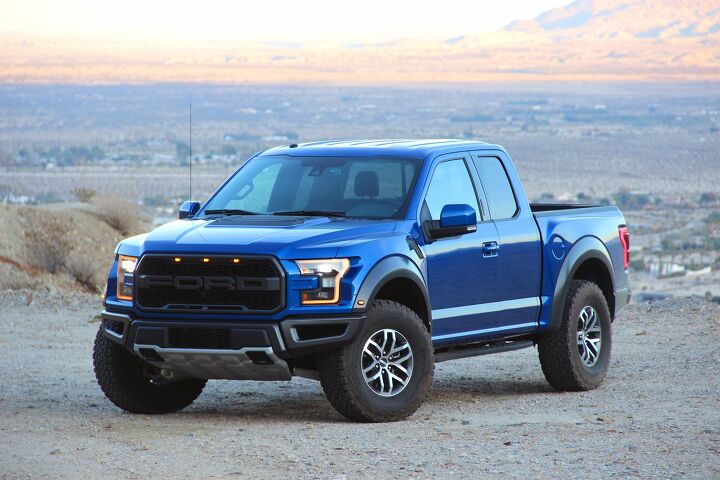
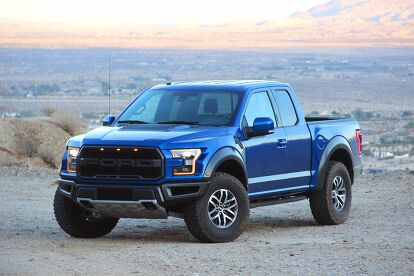







































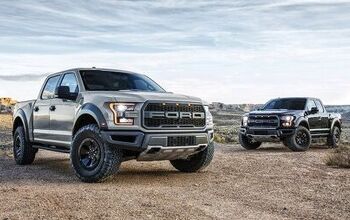
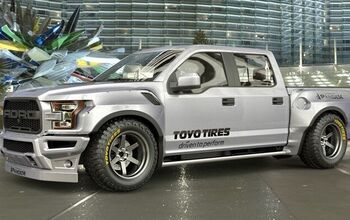
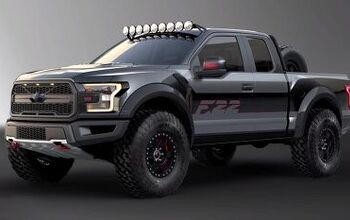

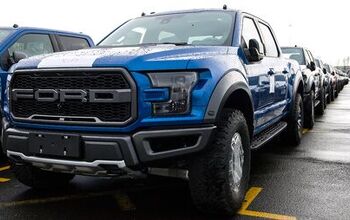

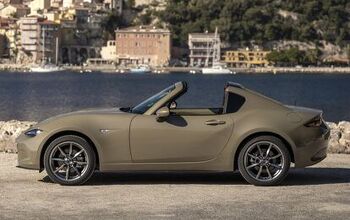

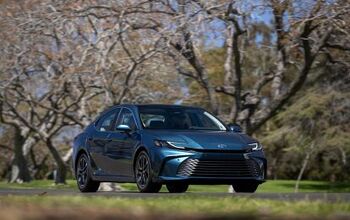
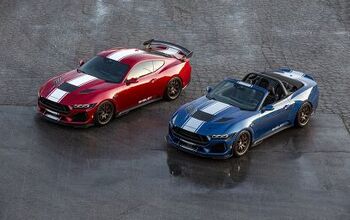
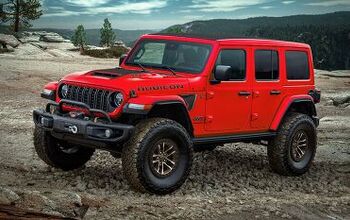
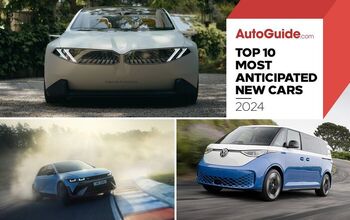
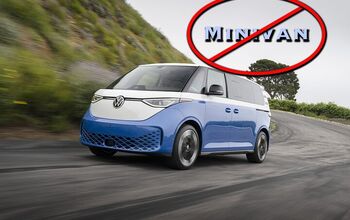
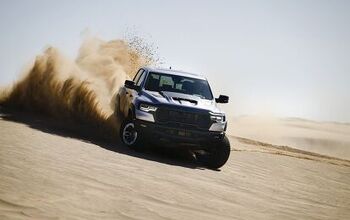

Comments
Join the conversation
Hmm, getting me thinking. Still like the 2010 Ranger XLT Extended Cab 4.0, full bed I use for the daily driver though. Guess I'll wait and see what the new Ranger has to offer before I decide.
The lack of Graphics makes it look... Plain Jane to me. Boring as can be as far as appearance goes. I'm sure its very capable but if I were going to drop that kind of money on a Raptor, it should LOOK Badass too..!